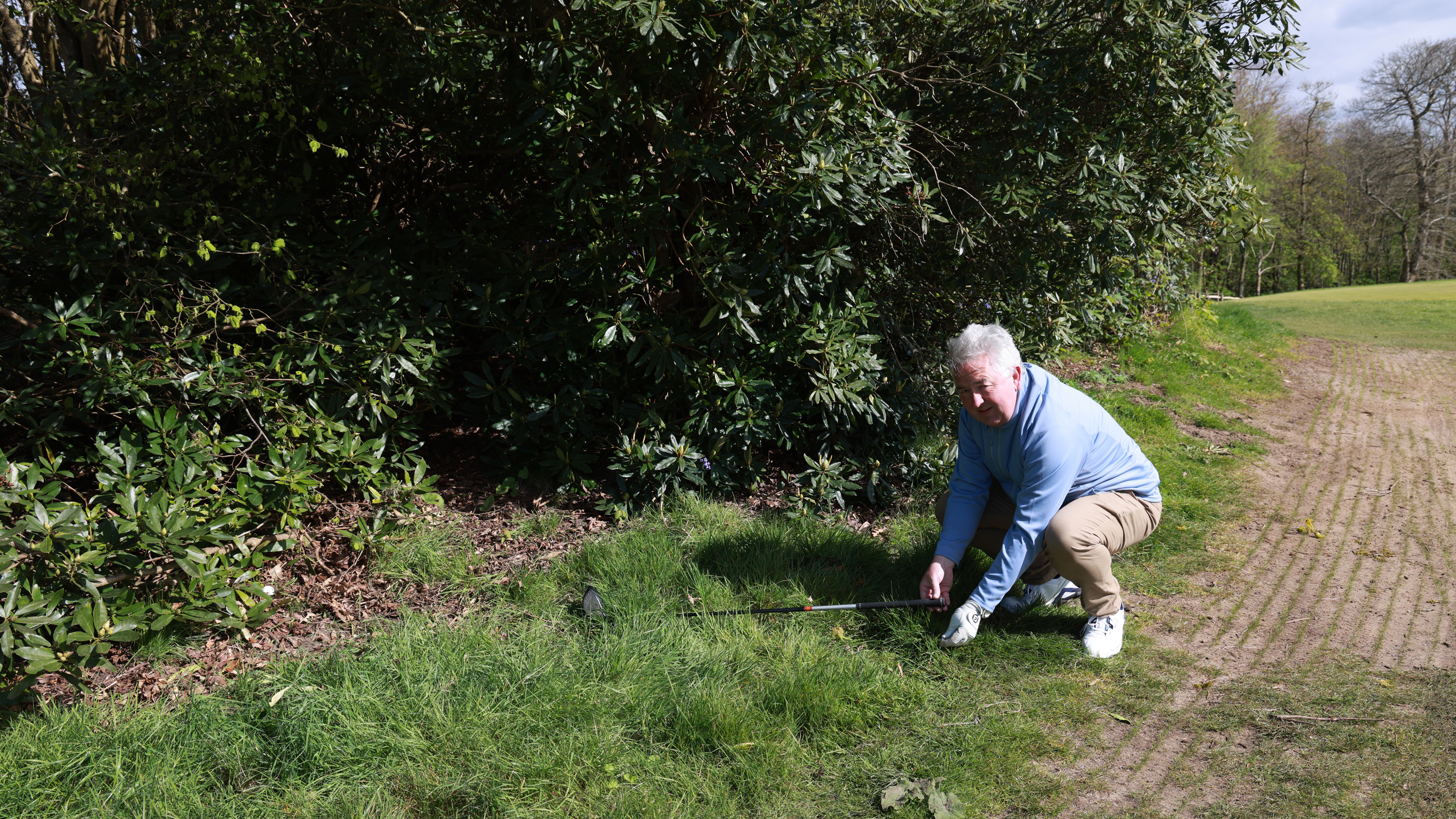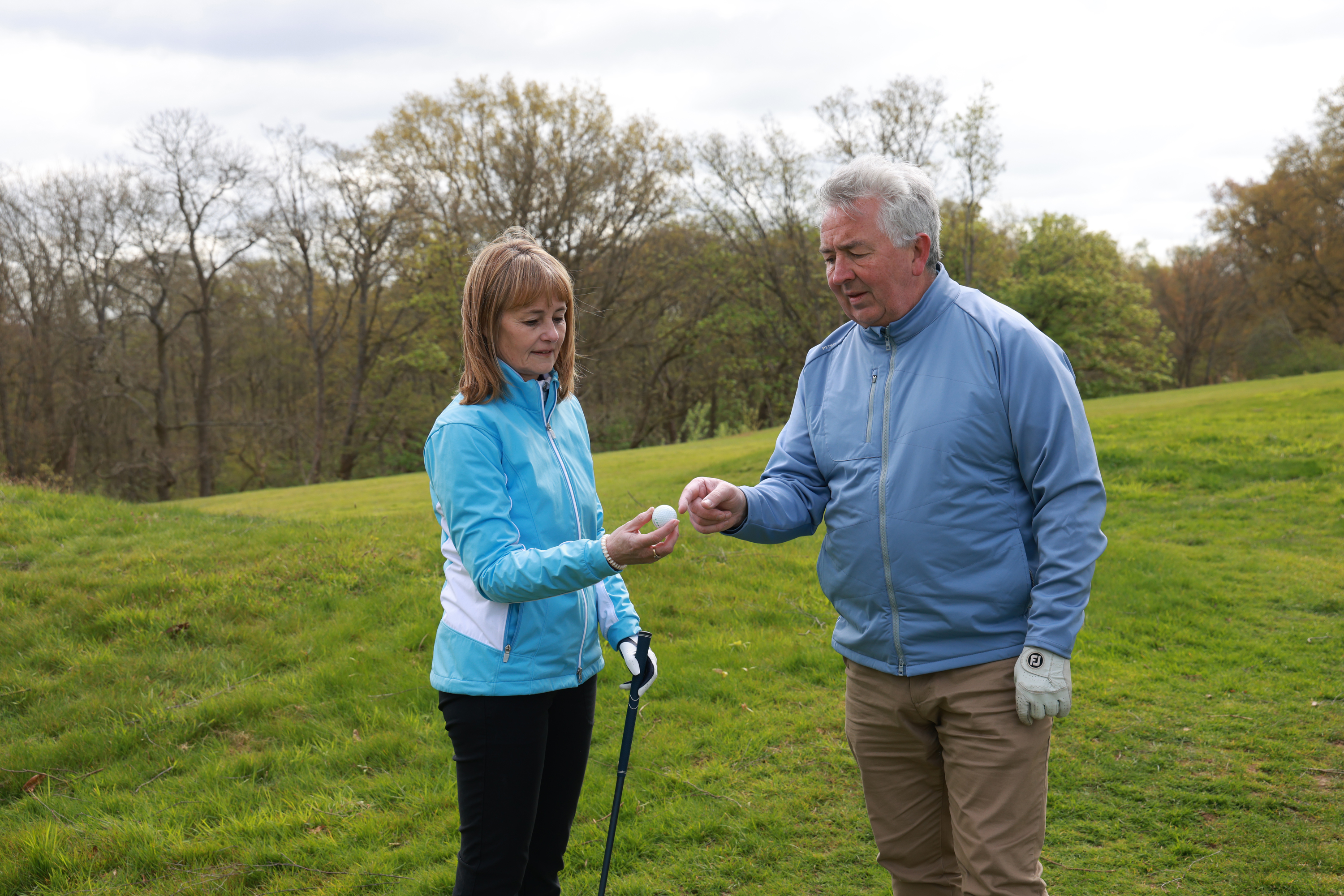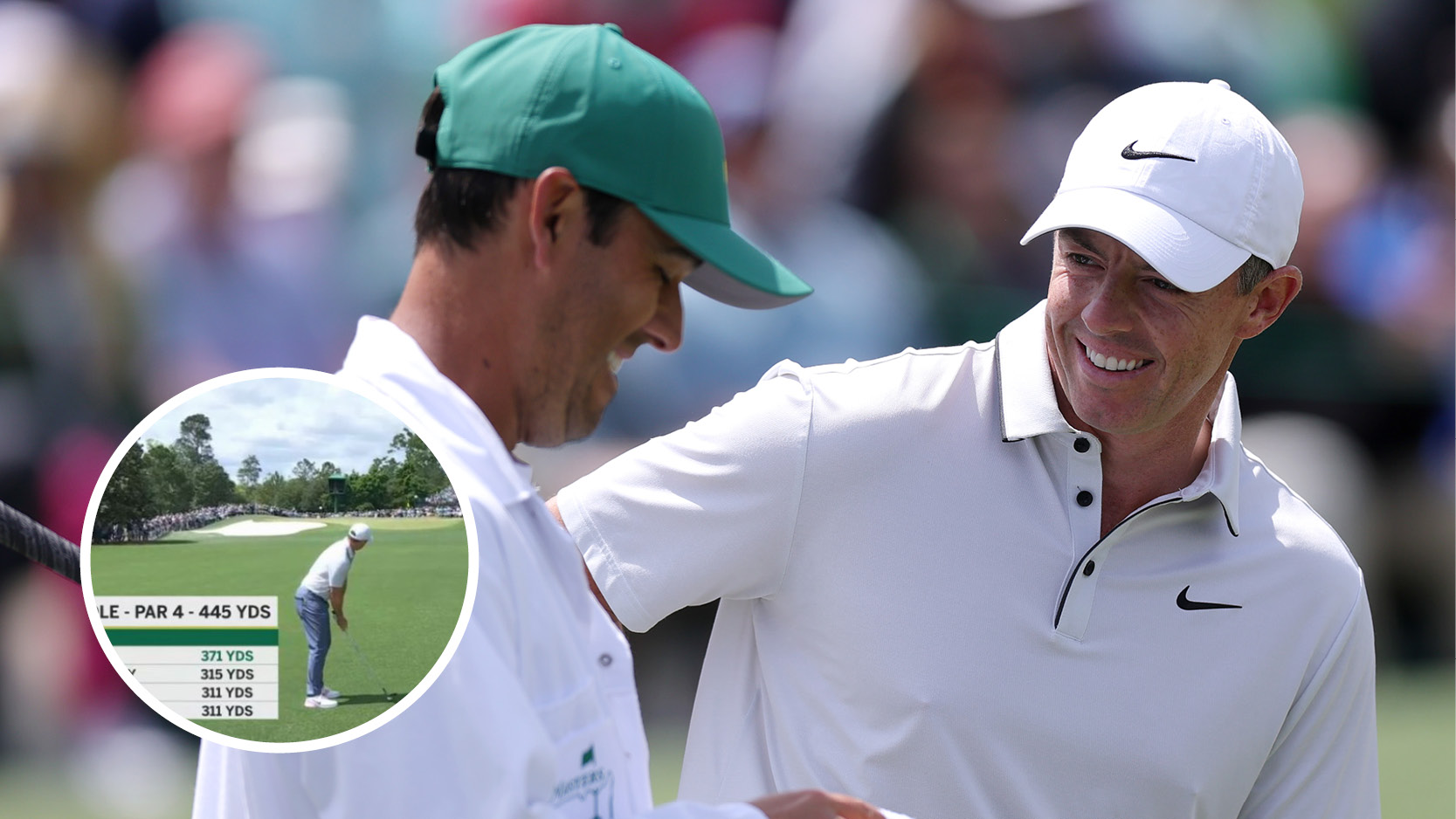Five Of The Most Obscure Rules In Golf
Golf’s Rule book is complex and comprehensive. Here we look at five of the less well-known Rules in its pages. You never know, they might come in useful!


The Rules of Golf have evolved over centuries, and they have expanded to encompass almost every scenario that you’re likely, or it’s possible to experience on the links. For that reason, there are some fairly obscure Rules, clarifications to the Rules and definitions within the Rules. Here we look at five Rules that you might not be aware of but might just help you out when an unusual situation crops up out on the golf course.
Underground ball
Imagine this scenario. You’ve teed off and your ball heads dangerously close to the out of bounds (OB), it disappears from view. Upon searching, there’s no sign of the ball but there are various badger holes in the vicinity just out of bounds. You look down a hole (that is just OB) and can see your ball a few feet along – it’s in bounds but underground. Your ball has entered an animal hole out of bounds but has rolled back in bounds under the ground. What do you do?
Well, clarification 16.1b/1 will come to your aid! – It covers, the relief procedure when a ball lies in underground abnormal course condition and it states that if “a ball enters an animal hole through an entrance that is in a spot that is out of bounds. Part of the hole is in bounds and in the general area. The ball is found at rest in bounds, underground and in the general area. Relief is taken under Rule 16.1b for a ball in the general area. The spot where the ball lies in the animal hole is used to determine the nearest point of complete relief and the relief area must be in the general area.”
So – you get a free drop! Even if you can’t get your original ball back, you can drop a different ball.
Stay patient
It’s a rainy day and there’s a lot of temporary water on the course. Your ball has landed in a mini river heading across the fairway. It’s flowing so strongly that your ball is steadily moving. When you reach it, the nearest point of complete relief is in a line of bushes up the side of the hole. But, as your ball is on the move, it looks like, in about 30 seconds time, your nearest point of complete relief will be on the fairway. Are you breaking the rules by hanging around to see what happens?... The answer is No. Clarification 16.1/6 is in your favour – It says…
“When a ball is moving in temporary water, whether a player chooses to lift the moving ball or substitute another ball in taking relief under Rule 16.1, the player is allowed to let the ball move to a better spot before determining the nearest point of complete relief so long as they do not unreasonably delay play (Exception 3 to Rule 10.1d and Rule 5.6a).For example, a player's ball is moving in temporary water across the fairway. The player arrives at the ball when it is at Point A and realizes that when it gets to Point B, which is five yards away, their nearest point of complete relief will be in a much better spot than would be the case if relief is taken from Point A. So long as the player does not unreasonably delay play (Rule 5.6a), they are allowed to delay starting the relief procedure until the ball reaches Point B.”
Protect your assets
You’re playing some desert golf and find your ball next to a cactus. You can just about get a stance but will have to push your bottom up to the spiky plant in order to do so. This is going to be painful but you're not allowed to change the conditions affecting the stroke under Rule 8.1a, so there’s not much you can do... Or is there?
Get the Golf Monthly Newsletter
Subscribe to the Golf Monthly newsletter to stay up to date with all the latest tour news, equipment news, reviews, head-to-heads and buyer’s guides from our team of experienced experts.
Well, in fact, clarification 10.2b(5)/2 might, literally, save your skin. It says – A player may wear protective clothing, and gives the example – “a player's ball comes to rest right next to a cactus, it would breach Rule 8.1a (Actions That Improve Conditions Affecting the Stroke) if they placed a towel on the cactus to improve their area of intended stance. However, a towel may be wrapped around the player's body to protect them from the cactus.”
There, the Rules are reasonable - You can cover your back(side).
Provisional Ball Might Count Even If Original Ball Found

Is this your ball?
Generally speaking, if your original ball is found within a three-minute search time then a provisional ball you have played is abandoned. But not always. If you have lifted your provisional ball from the hole before the original ball has been found, the score with the provisional ball becomes the score. This is the example given in clarification 18.3c(2)/3 -
“At a short hole, Player A's tee shot might be lost, so they play a provisional ball that is holed. Player A does not wish to look for the original ball, but Player B, Player A's opponent, goes to look for the original ball. If Player B finds Player A's original ball before Player A lifts the provisional ball from the hole, Player A must abandon the provisional ball and continue with the original ball. If Player A lifts the ball from the hole before Player B finds Player A's original ball, Player A's score for the hole is three.”
Basically then, if you want your provisional to count after holing out – get moving quickly to remove it from the hole before your opponent gets searching!
Watch For Your Integral Objects
An Integral Object is an artificial object defined by the Committee as part of the challenge of playing the course from which free relief is not allowed. But, don’t give up just yet. There may still be a chance to get a free drop.
If part of the integral object is movable, perhaps a gate or a door, it would meet the criteria of a movable obstruction and could be shifted to allow you to play a shot. That could be a bonus if you didn’t have a swing.
Sometimes, knowing the Rules can save you strokes!

Fergus is Golf Monthly's resident expert on the history of the game and has written extensively on that subject. He has also worked with Golf Monthly to produce a podcast series. Called 18 Majors: The Golf History Show it offers new and in-depth perspectives on some of the most important moments in golf's long history. You can find all the details about it here.
He is a golf obsessive and 1-handicapper. Growing up in the North East of Scotland, golf runs through his veins and his passion for the sport was bolstered during his time at St Andrews university studying history. He went on to earn a post graduate diploma from the London School of Journalism. Fergus has worked for Golf Monthly since 2004 and has written two books on the game; "Great Golf Debates" together with Jezz Ellwood of Golf Monthly and the history section of "The Ultimate Golf Book" together with Neil Tappin , also of Golf Monthly.
Fergus once shanked a ball from just over Granny Clark's Wynd on the 18th of the Old Course that struck the St Andrews Golf Club and rebounded into the Valley of Sin, from where he saved par. Who says there's no golfing god?
You must confirm your public display name before commenting
Please logout and then login again, you will then be prompted to enter your display name.
-
 Rory McIlroy Fires Back-To-Back 370-Yard Monster Drives In Birdie-Eagle-Birdie Start To Lead The Masters
Rory McIlroy Fires Back-To-Back 370-Yard Monster Drives In Birdie-Eagle-Birdie Start To Lead The MastersIt's safe to say that the four-time Major winner was full of adrenaline at the start of his third round, with McIlroy pounding two drives that measured a total of 740-yards
By Matt Cradock Published
-
 Who Is On Bryson DeChambeau’s Team? Coach, Caddie, Manager And More
Who Is On Bryson DeChambeau’s Team? Coach, Caddie, Manager And MoreBryson DeChambeau is one of the most high-profile and successful players of his era, but who are the team members helping to guide his career?
By Mike Hall Published